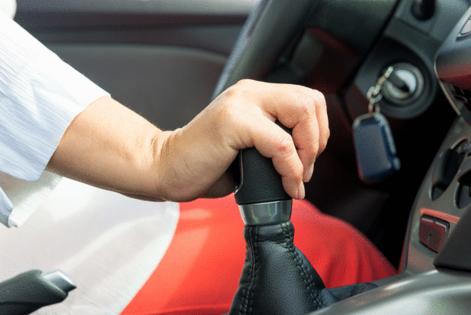Motormouth: Downshifting
Published in Automotive News
Q: I own a car with an 8-speed automatic transmission and manual shifters. If I am approaching a red light 50-100 yards away, am I better off downshifting or gently applying the brakes? Does repeated downshifting do long term damage to the transmission?
P.J., South Windsor, Connecticut
A: Many transmissions remain in the drive mode or can be switched to manual setting allowing you to select your own shift points. The technology is an outgrowth of Formula 1 racing. You may leave the gear selector in drive and still operate the manual shifters. The transmission will revert to drive without harm. When the cruise control is set, the car may downshift on its own to take advantage of engine braking when descending a hill. The short answer is that yes, you may downshift approaching a red light. I put my transmission in manual mode and use the paddles exclusively on twisty country two-lanes. Woohoo!
Q: Regarding the query from a recent reader about why people leave 20 feet of distance between cars at a stoplight: One reason may be that, with the increase in carjackings in many cities, police departments advise drivers to leave room to maneuver in case someone tries to hem them in.
V.P., Chicago
A: Many readers mentioned this. But I wonder how useful it is to evade a carjacker. It’s not easy to outrun a gun.
Q: I own an Audi Quattro and a Toyota SUV with all-wheel drive. Both vehicle manuals state to rotate the tires front to back and vice versa. I buy my replacement tires at Costco and they insist that AWD vehicles have the tires crisscrossed when rotating. Which method is correct for these types of vehicles?
T.F., Virginia Beach, Virginia
A: Rotating your tires ensures that they wear evenly at the same rate. That’s important on all-wheel-drive vehicles since replacing only one or two tires is prohibited. Audi’s front-to-rear and rear-to-front meet these needs. But Bridgestone, the brand that Costco sells says: “ Recommended for 4-wheel and all-wheel-drive vehicles…all tires are moved diagonally….” In my opinion, both techniques are acceptable and infinitely better than neglecting rotations. It warms my heart to see people rotating their tires.
Q: I always use Top Tier gas from the same brand in my vehicles. But I was wondering, does it make sense to vary the brands to get a variety of additives/detergents or does it not make a difference?
M.U., Chicago
A: Gasoline is a commodity. Most of it is shipped via pipelines to depots (often called tank farms). All gasolines are the same until the additives are blended in. So, all Top Tier gasolines have additives that meet those criteria. Short answer: Switching brands is perfectly fine.
Q: I live in Illinois.The state is increasing the amount of ethanol in our gasoline from 10% to 15%. I own a 2005 Subaru Forester and my parents have a 1995 Lincoln Town Car. Is this increase in ethanol going to have a negative impact on the engines of these two cars?
N.G., Westchester, Illinois
A: Check your owner’s manual for what the carmaker recommends. If your car is 2001 or older, do not use more than 10% ethanol — E10. That’s the most common blend of regular gas. In a pinch, one tank of E15 won’t hurt anything, but regular use could cause assorted damage in that 1995 Town Car. One more thing: The more alcohol in the gas, the lower the fuel economy. If you want to search for gas stations that don’t sell E15, try the GasBuddy app.
©2024 Tribune Content Agency, LLC.







Comments